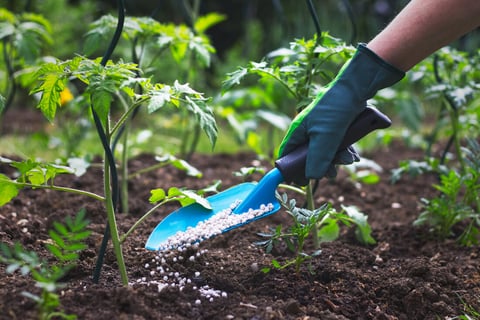

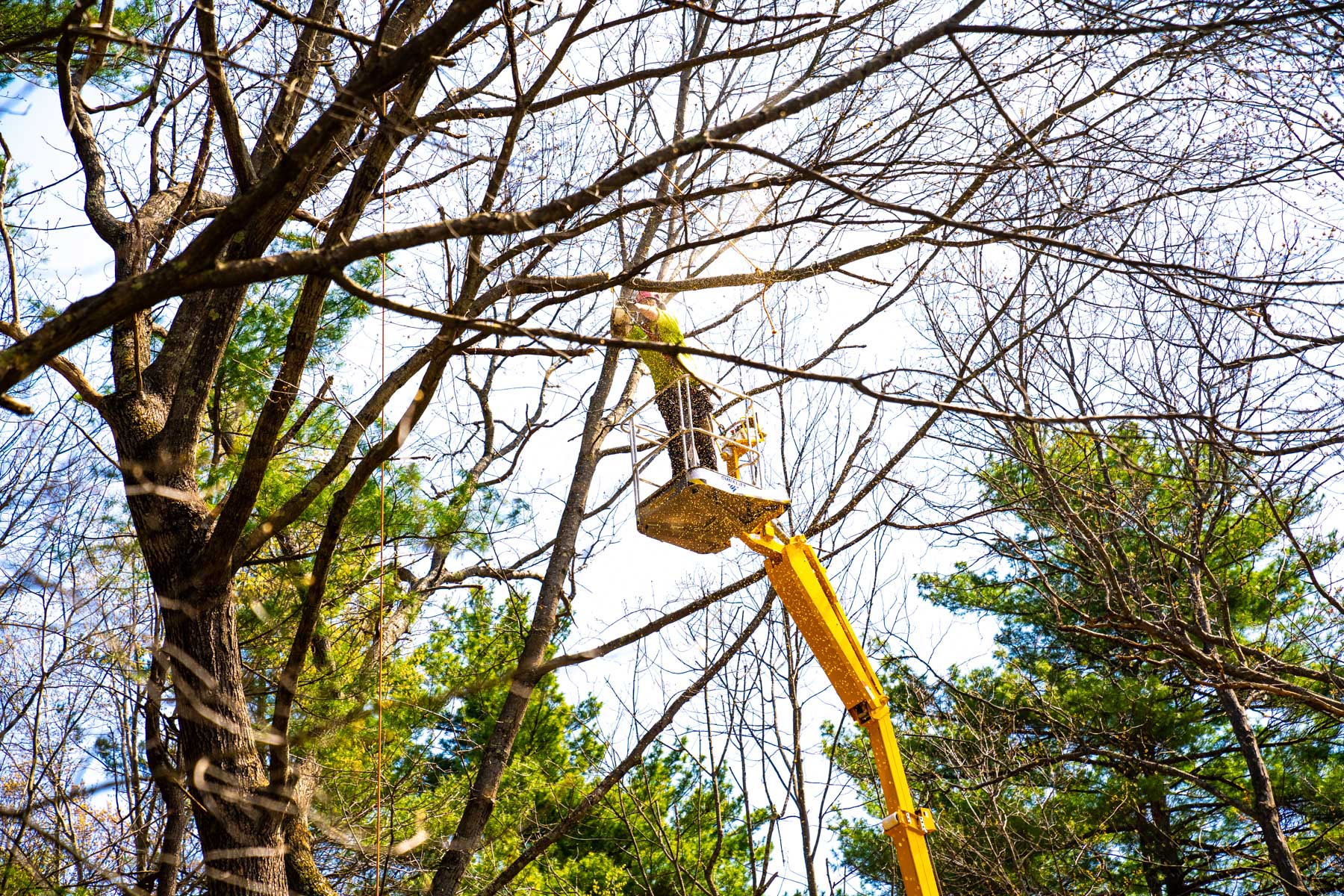
Trees can be a source of beauty, shade, and enjoyment. But if your tree is dying or dead, it could also be a liability. If a tree is at risk of dropping limbs or even falling, it can pose a serious threat to you and your family (as well as your property and home).
But you might be wondering how to tell if a tree is dead.
It’s not uncommon for homeowners to tell us they think their tree is dead when in fact it is still very much alive. Here’s a very simple way to tell if your tree is dead or not….if it still has leaves on it, then it is not dead.
Of course, it could still be very sick. Oftentimes when homeowners suspect a tree isn’t doing well, they’re onto something.
In this article, we’ll talk about the signs of a dead tree as well as what your next steps should be. At the end of the day, as much as we love trees, we always want to protect the safety of your family and your property.
Even if a tree is not dead, it could still be extremely stressed, diseased, or even infested with pests. Let’s look at some of the signs of a dead tree (or one that is headed toward death).
Small twigs will often fall due to weather. But dying trees tend to drop a lot more branches than healthy trees. If you notice larger branches or limbs falling, it could be that your tree is declining. As a tree declines it begins to dry out and rot. This can weaken the branches.
If your tree has an infestation and disease, it will start to show you signs in different ways. Many insects feed and make their homes in the bark, trunks, and branches of trees and shrubs. A weakened, damaged, and dying tree makes it easy for most insect borers to attack it and cause further decline.
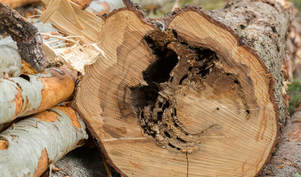
Other invaders include termites, carpenter bees, and carpenter ants. For instance, holes in the bark, boring dust, or “chewing” sounds indicate the presence of bark beetles and borers.
The bark is essential for the survival of trees. The visible part keeps the moisture in and infection out. If the bark begins to peel away excessively, a tree may not maintain the necessary nutrients it needs and could die.
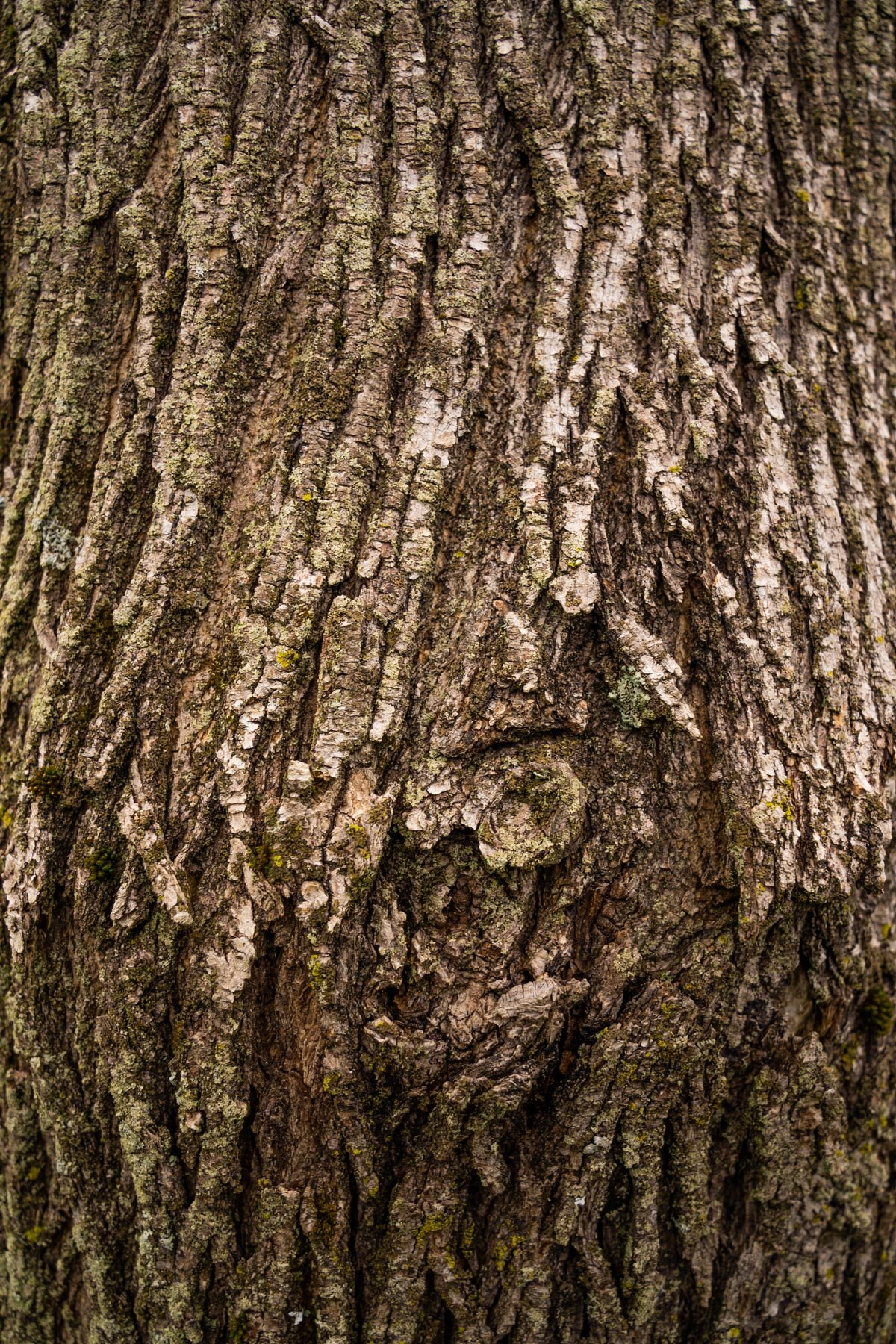
Trees that are dying may start to shed their back which will expose them to more problems. Peeling bark can also mean that a tree needs more nutrients.
Another one of the signs of a dead tree is the appearance of nesting animals. Woodpeckers, for instance, prefer dead wood as it is easier for them to peck on and create cavities. Other nesting animals like squirrels and bats might also create or use cavities in rotting wood for their homes.
If you see a large number of mushrooms growing at the base of your tree, it’s a warning sign that the roots are rotten. If you see conks, also called shelf fungi or bracket fungi, growing on the tree bark, it shows that the tree is infected with a rot-inducing pathogen.
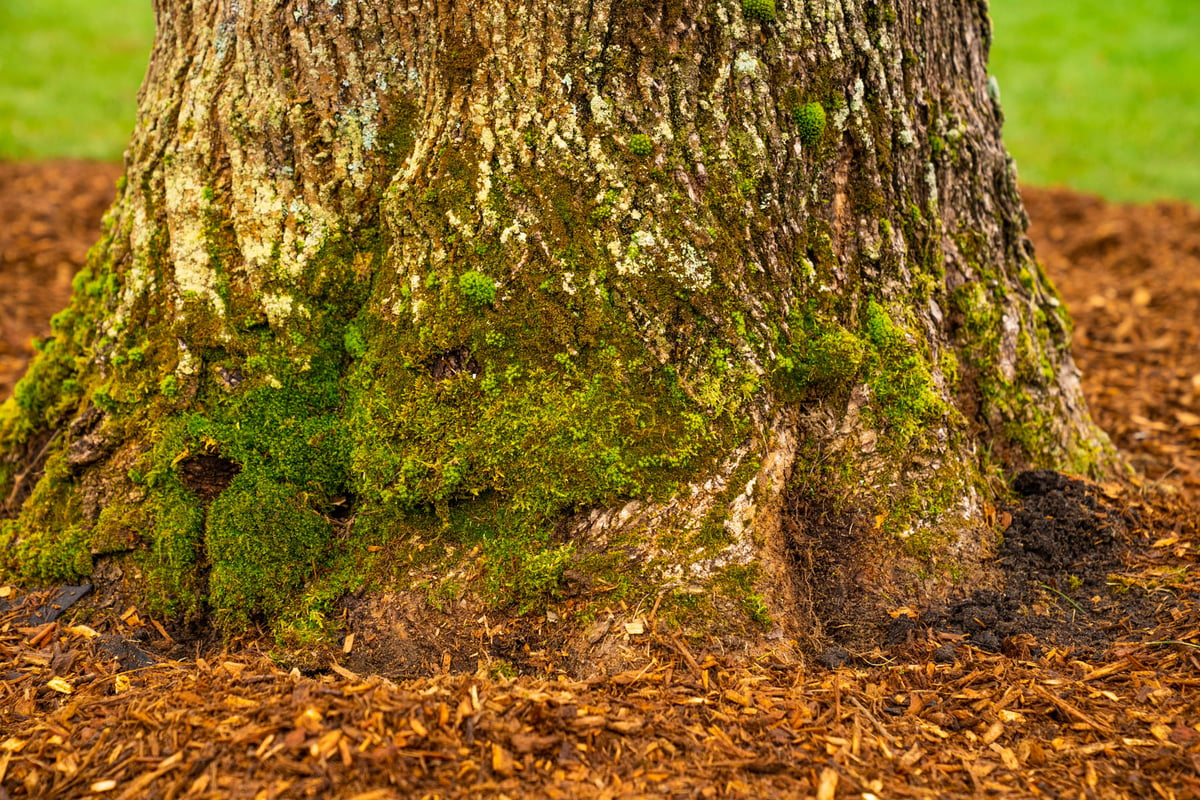
Some varieties of mushrooms cause a healthy tree to rot at the heart of the trunk. Trees suffering from improper pruning, windstorms, fire, and other damage, can easily make fungi grow in the wound area. Such growth consistently weakens the tree’s wood strength, thus increasing the danger of large limbs falling without warning.
A leaning tree is a sign that it is eventually going to fall. A change in the architecture of the tree also indicates that it may be infected by some disease. A tree without sturdy roots will never achieve healthy growth.
If the lean is caused by pests or disease, the tree may lean to one side gradually. It is important to remember that if a lean is less than 15 degrees, the tree should survive; however, if it is over 15 degrees, it may result in the tree's death.
Whether or not a tree can be revived is a matter of whether it’s truly dead or not.
Again, homeowners often think their tree has died when in fact it’s still alive (just declining). Whether or not the tree can be restored to good health will depend on what exactly is wrong and how sick it is.
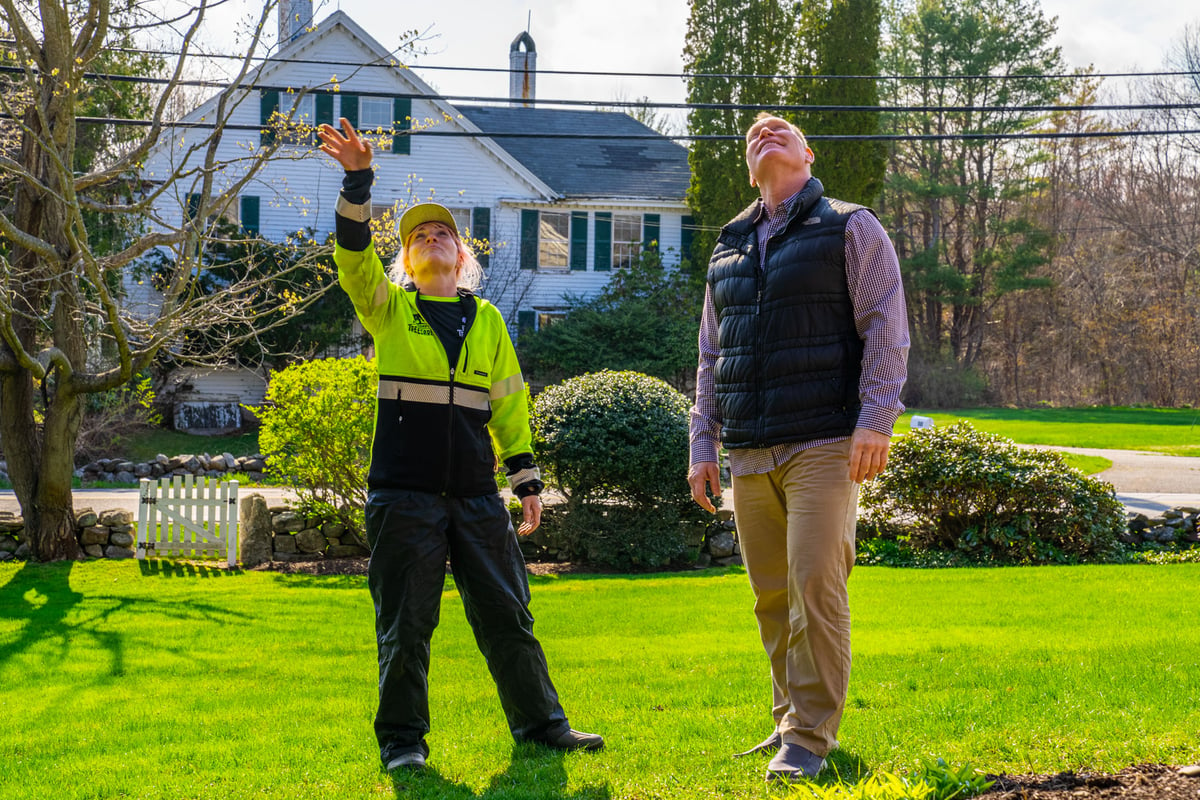
If your tree is half-dead, you’ll also want to consider what’s involved in saving it. If a lot of the tree has to be removed to restore its health, you might decide it’s not worth it.
But this is often decided on a case-by-case basis. If it’s a tree you really love and it can be safely pruned and restored to good health, it might be worth it to you.
If it turns out that your tree is truly dead (or too far gone to be saved), then tree removal is going to be your best course of action.
Although it is always sad to see a tree removed, whenever safety is concerned, it’s simply not worth taking any risks. If your tree is being ravaged by a disease or pest and it’s not an easy problem to control, it might only get worse over time.
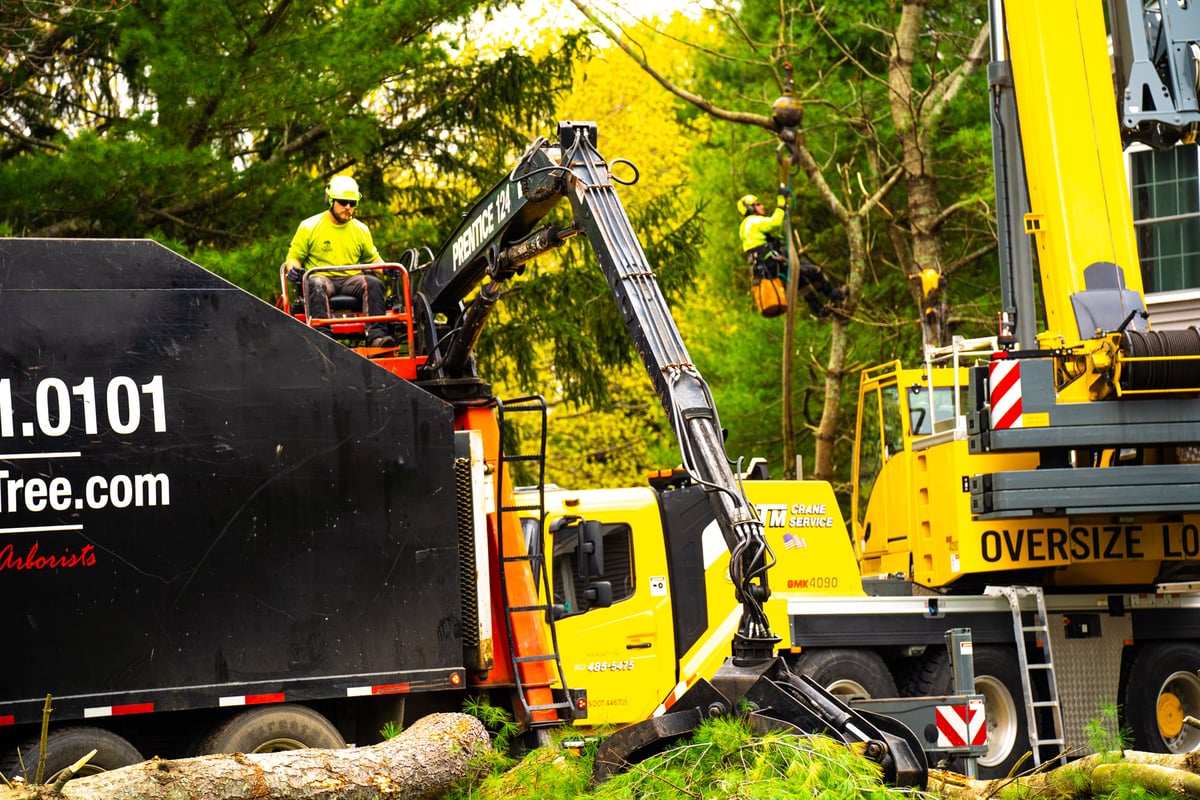
No matter what the case, it’s important to have your tree evaluated by a tree care expert so that the best course of action can be determined.
If it is determined that your tree needs to be removed, then you want to make sure that you choose a qualified tree removal service. Tree work can be complicated, laborious, and even dangerous. You want to work with a company that is highly skilled at having trees removed in New Hampshire, Maine, or Massachusetts.
At Seacoast Tree Care, we work with a team of highly skilled Certified Arborists who can not only perform thorough inspections but will also ensure trees come down safely when they do need to be removed.
By choosing to work with a tree care professional who has significant experience, training, and skill (including horticultural expertise), you can feel confident that the best decisions are being made for your trees.
Ready for healthier trees at your Southern NH, Southern Maine, or Northeastern Massachusetts? Request your consultation and have your New England trees evaluated. By making a wise choice, you’ll know your trees are in good hands.